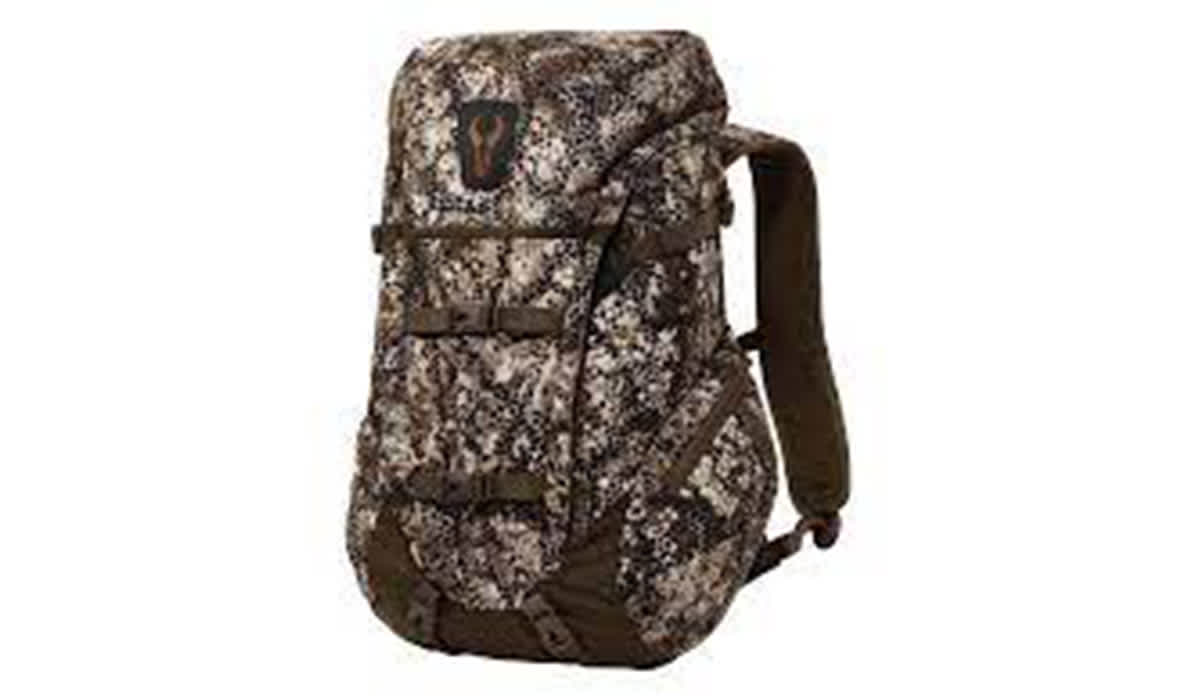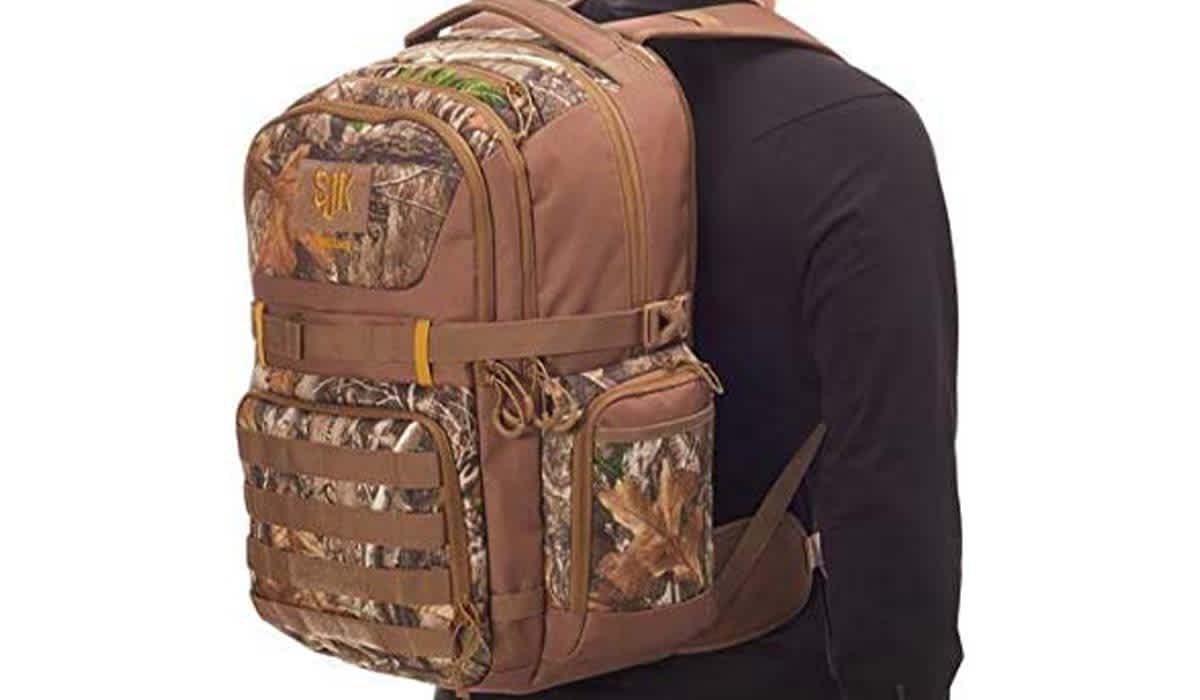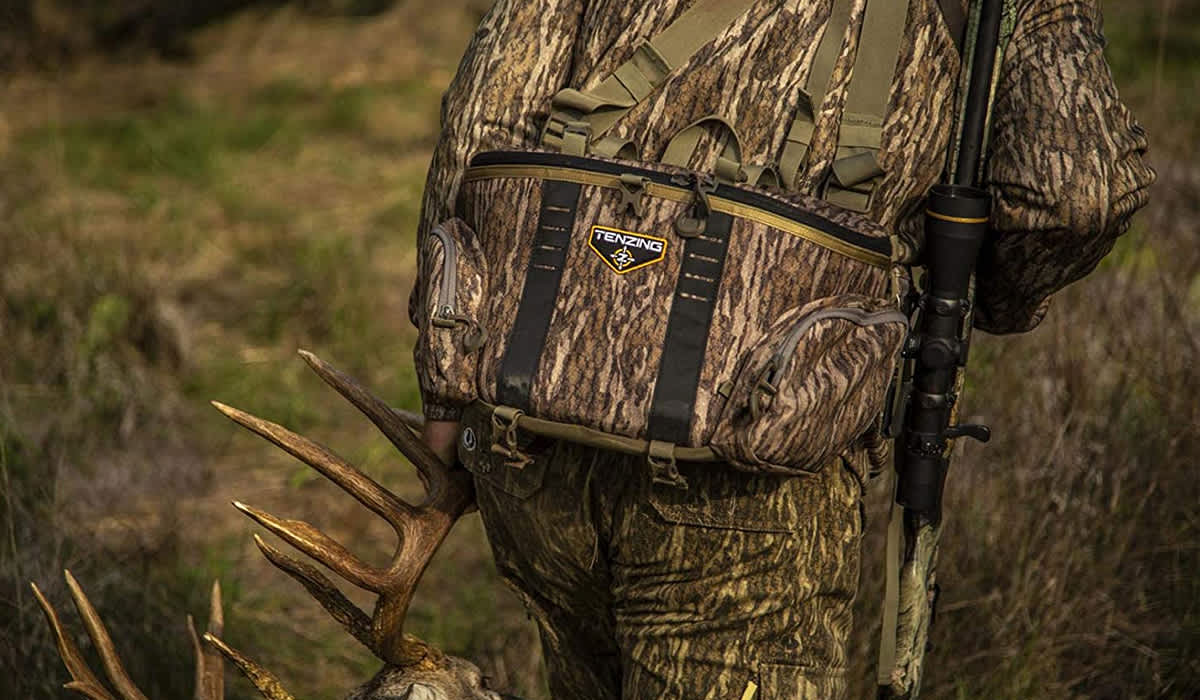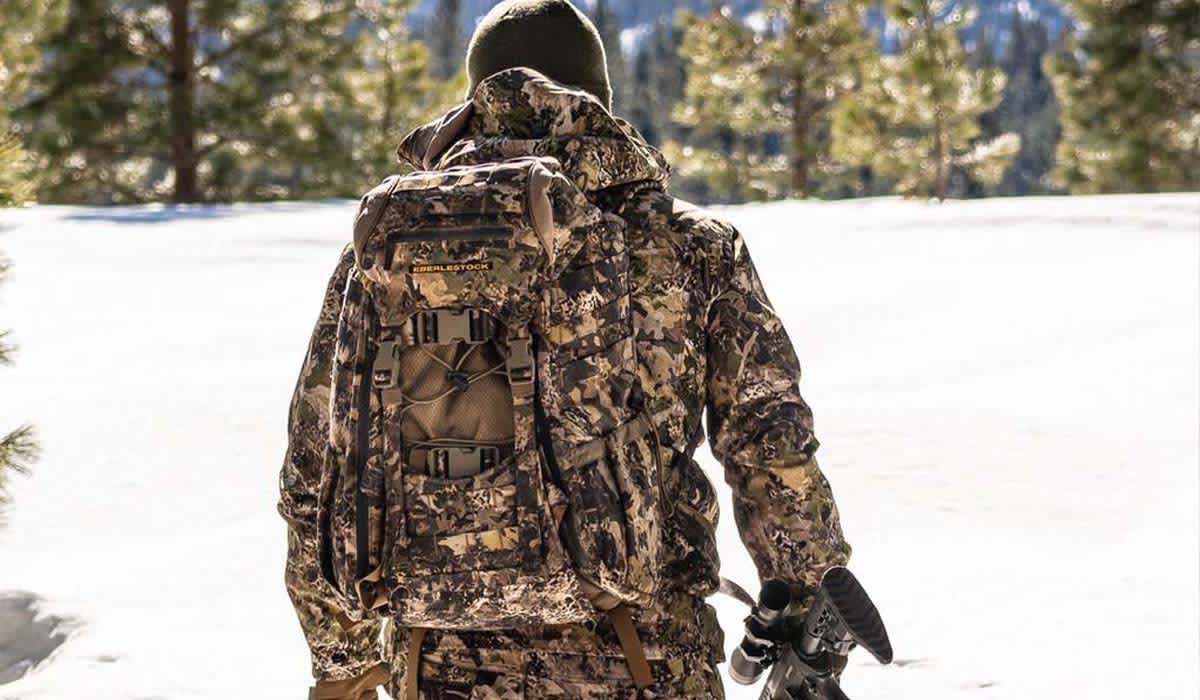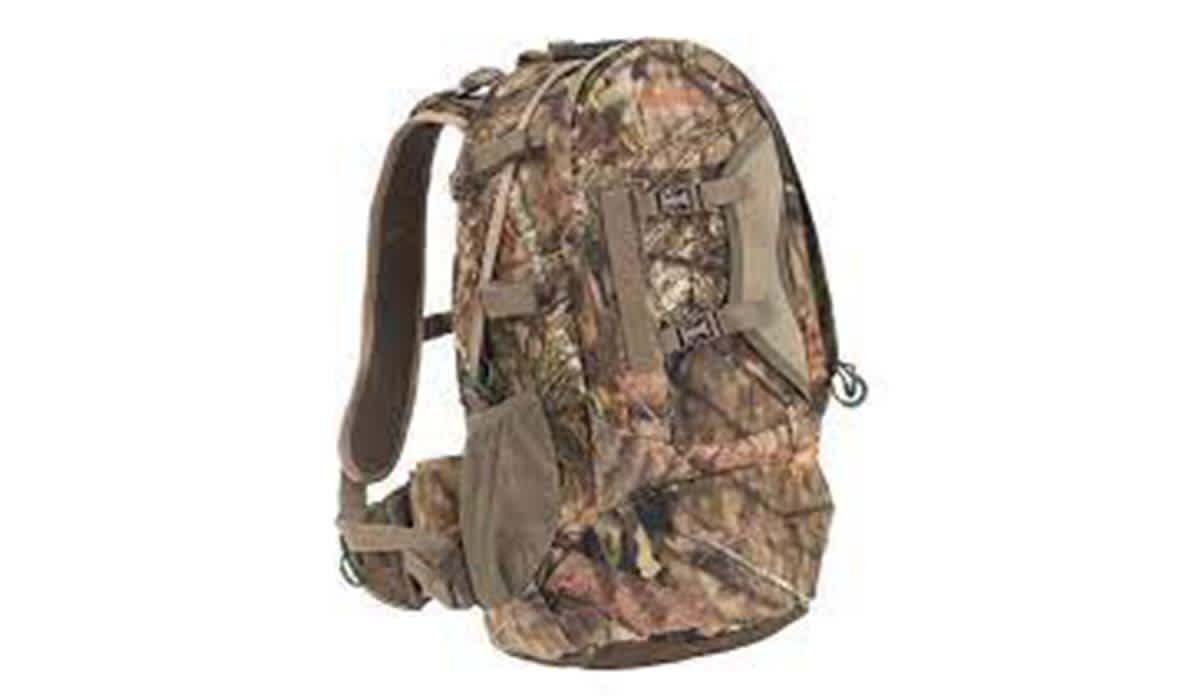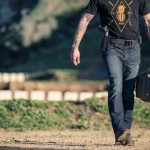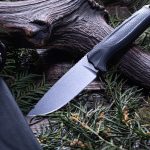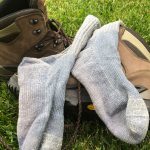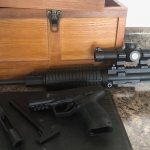Go Afield with the Best Hunting Day Packs
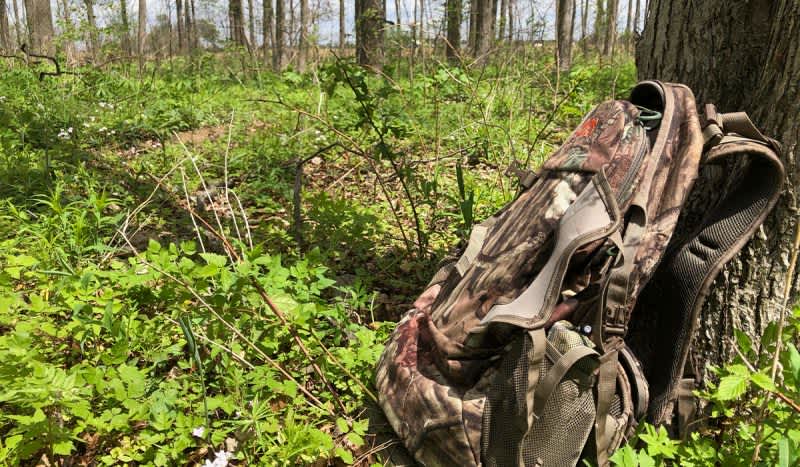
1. Badlands Timber – Editor’s Pick
Companies with good reputations sometimes design products that are just ok. Other times, marginal companies knock it out of the park. When good companies, build great products, that’s when you buy two of them so you always have a backup. That’s the case with the Timber hunting backpack from Badlands. Badlands already has a sterling reputation for building innovative, rugged, and well-thought-out gear, and the Timber just builds on that. Since you aren’t worried about material or design with Badlands products, let’s just jump into the wow factor. The Timber pack features a drop-down workstation that puts all your essential gear in easy reach. This is especially handy in a stand because of the limited space to work. At 1,500 cubic inches it’s the perfect size to get everything you need for a hunt into the woods, without being too much to manage, and seven pockets walk the balance of things having a home, without being too broken up.
2. Slumberjack Sage 32 – Budget Pick
Slumberjack has a full lineup of day and hunting packs that cover a lot of price points. The Sage 32 offers an incredible amount of storage, an almost cavernous 1932 cubic inches, so you can get your gear into the woods. Multiple front and side pockets allow you organize smaller gear as you wish, while the main pocket allows for the storage of larger pieces of equipment. If you just need something to get your gear in and out of the woods, and don’t need a lot of customization, check out the Sage 32.
3. Tenzing Hangtime – Minimalist Pick
Fanny packs have a bad reputation. Which is kind of a shame, because they are handy. Luckily, if you flip it around and put it on your back, it’s a lumbar pack not a fanny pack. Jokes aside, I love this type of pack. It’s a great option when you know you’re going to be mobile, but don’t need supplies for four days in the bush. I love how streamlined the pack is, and how it stays out of the way when shouldering a rifle or drawing a bow in spot and stalk situations. Weighing in at just a little under two pounds, it’s lightweight, but still allows for 750 cubic inches of storage. Lots of value packed into a small unit.
4. Eberlestock X2 – Backcountry Pick
The Eberlestock X2 has the features and functionality you typically find in much larger frame-style packs, but does it in a day-pack configuration. The tubular aluminum frame is built into the pack, so it’s incredibly stable, and compression straps allow for game or additional gear to be fixed to the outside of the pack. Pockets and compartments allow for quick access to gear, while the MOLLE system allows for customization as well. Frame pack modularity, scaled down to an 1,830 cubic inch day pack footprint means a lot of flexibility. For whitetail hunters who sometimes get out west, you can double-duty your pack. For western hunters on a budget or who aren’t into the backcountry for weeks at a time, it’s a great budget option.
5. Alps Outdoorz Pursuit – Versatile Pick
Alps has a lot of creative gear designs, and the Pursuit pack is a great example of the best they have to offer. While it seems simple, the drop-down pocket that allows you keep your bow or gun stowed and your hands free is can be invaluable on those long hikes in, or spot and stalk situations. The Pursuit is a big pack, with 2,700 cubic inches of storage, so for hunters that also like to take camera equipment into the field, that storage is there.
MOLLE and hunting day packs
MOLLE stands for Modular Lightweight Load Carrying Equipment. This is the system currently used by most NATO military armed forces for adding custom accessories and pouches to load-bearing packs and vests. These accessories attach to the PALS (pouch attachment ladder system) webbing. That’s the rows of nylon loops you see stitched onto many packs and vests. Essentially, the MOLLE system lets you add other storage options to the primary pack system.
Many hunting packs have adapted to using MOLLE-style mounting, so you can expand the capacity of the hunting pack as you wish. It gives you more options with what you can carry afield, and how you carry it.
Packs and back pain
Chances are, you’re wearing it too low on your back. Slinging a pack onto your shoulders and letting it drape low may look good to get to algebra class, but when you’re putting real miles on, with a pack that can go upwards of 50 pounds, you’re going to be in trouble.
Once you get your pack on, the first thing you should do is tighten down your shoulder straps and get that pack as high on your back as possible, to keep your straps from pulling down and back on your shoulders. The higher you can keep the weight of your pack, the more comfortable that hike is going to be.
What to pack in your hunting day pack
Of course, you can decide for yourself what to carry afield and it is different for every hunt. There are a few basics that should be in your pack every time you go out, though. You should take:
- First Aid Kit
- Water
- Knife
- Flashlight
- Fire Starter
- Space Blanket
There are other options. Some carry rain gear and food. Both are good ideas. The important thing is, you can expect that you’ll be safe and sound, but it’s the unexpected that tends to bite you. Be prepared.
Who makes the best hunting day pack?
Opinions vary, but I prefer the Badlands Timber pack. You need to decide for yourself what the best hunting day pack for you is. Look at capacity and style and you’ll find the right one.
What should I pack in my hunting day pack?
Always carry the essential items, like water, first aid kit, flashlight, fire starter and a space blanket. The rest is up to you. Carry what makes you feel you will have the most successful hunt and you’ll be fine.
We are committed to finding, researching, and recommending the best products. We earn commissions from purchases you make using the retail links in our product reviews. Learn more about how this works.

